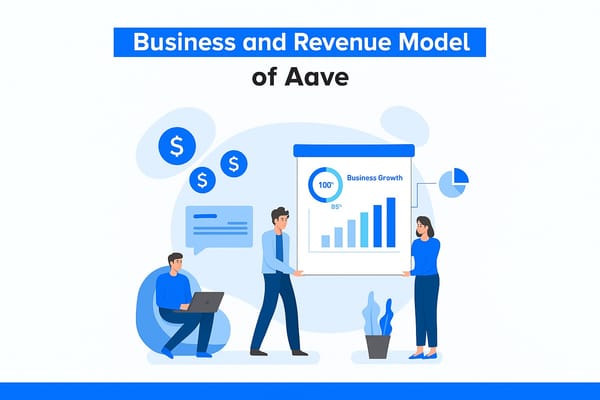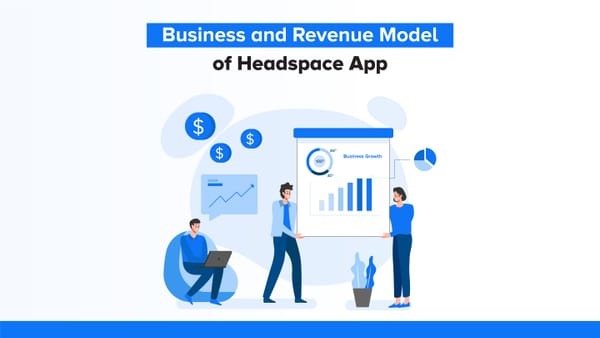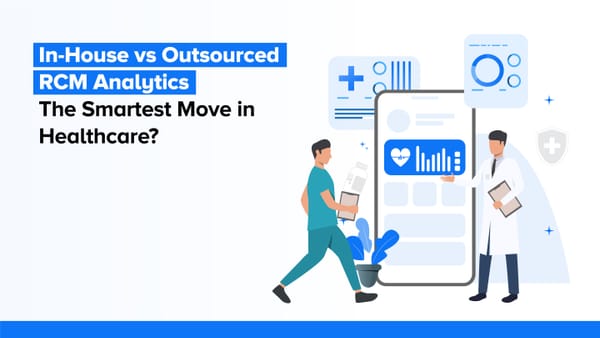Top five mistakes companies make in web development

Unlike in Field of Dreams, building a website doesn’t mean users will magically show up. Launching a good-looking site isn’t enough in today's age, where technology shapes every move. Countless businesses fall into the trap of assuming “Build it and they will come,” but without a strategy, clear goals, and user-focused design, your website might just sit there collecting clicks that don’t convert. In this blog, we’ll break down five common mistakes businesses make in web development.
One-Size-Fits-All Mentality
Relying solely on white-label or off-the-shelf solutions might seem convenient, but it often fails to meet your unique business needs or scale with growth.
Many businesses make the mistake of believing that simply purchasing a license, setting up a structure, and launching a website is enough to reap the rewards. However, on the surface level, it feels like progress. But behind the scenes, there’s often no clear roadmap for where the business is headed. A study by Jessie Hagen, former expert at U.S. Bank, shows that 78% of businesses fail due to a lack of a well-developed business plan and marketing plan.
Mismatch between UI and UX
Beyond captivating visuals, experience plays a significant part in retaining users. In the rush to launch, Businesses focus heavily on either the visual design (UI) or the user journey (UX), but rarely both. This imbalance can lead to aesthetically pleasing websites with confusing navigation, or slow load times can create a frustrating user experience, leaving a mark on the business. Over 52% of mobile users abandon websites due to a bad responsive mobile experience.
The solution is to consider all user-centred factors before rolling out. The key elements of good UI/UX include Interactive elements like buttons, sliders, friendly designs with simple navigation, and optimised page load time with a clear call to action.
Overlooking the Mobile User Experience
Let's face it, Mobile phones have become our lifeline. From managing daily tasks to making important decisions, mobile devices have become essential for accessing information, making transactions, and staying connected. With over 60.67% of website traffic comes from mobile devices, businesses must rethink how they engage with consumers. Moreover, Google has moved to a mobile-first index, meaning it now prioritises the mobile version of your website ranking higher than desktop-only designs. So you may already be losing business if your site still leans on an outdated, desktop-only design.
Falling Behind on SEO and Emerging Web Trends
Today, when competition is so fierce in business for getting customer attention, well-optimised website content and emerging web AI trends make the real difference in just surviving or thriving. Include SEO early in your development process and use tools like use tools like Google Analytics, SEMrush, or Ahrefs to guide your content structure, optimise metadata, and ensure every page is built to rank. Combining quality content and securing backlinks from reputable sites lays a solid foundation for off-page SEO. In fact, 37% of marketers consider visual content their most crucial content type, making it a key element in your SEO strategy.
Weak Website Security
Neglecting robust security protocols during web development can leave your business vulnerable. Simple things like using weak passwords, not encrypting sensitive data, and failing to add SSL can expose your site to attacks. According to IBM's 2024 Cost of a Data Breach Report, the average global cost of a data breach has risen to $4.88 million, marking a 10% increase from the previous year and the highest total ever recorded. To protect your business and customers, continuous security monitoring is essential to identify and respond to threats in real-time.
Conclusion
Building a digital presence isn’t just about launching a smart and future-ready website. Every misstep in web development, from poor UX to ignoring SEO, can cost your business visibility and credibility. That’s why taking a thoughtful approach backed by the right team and tools is not just advisable; it's imperative.




